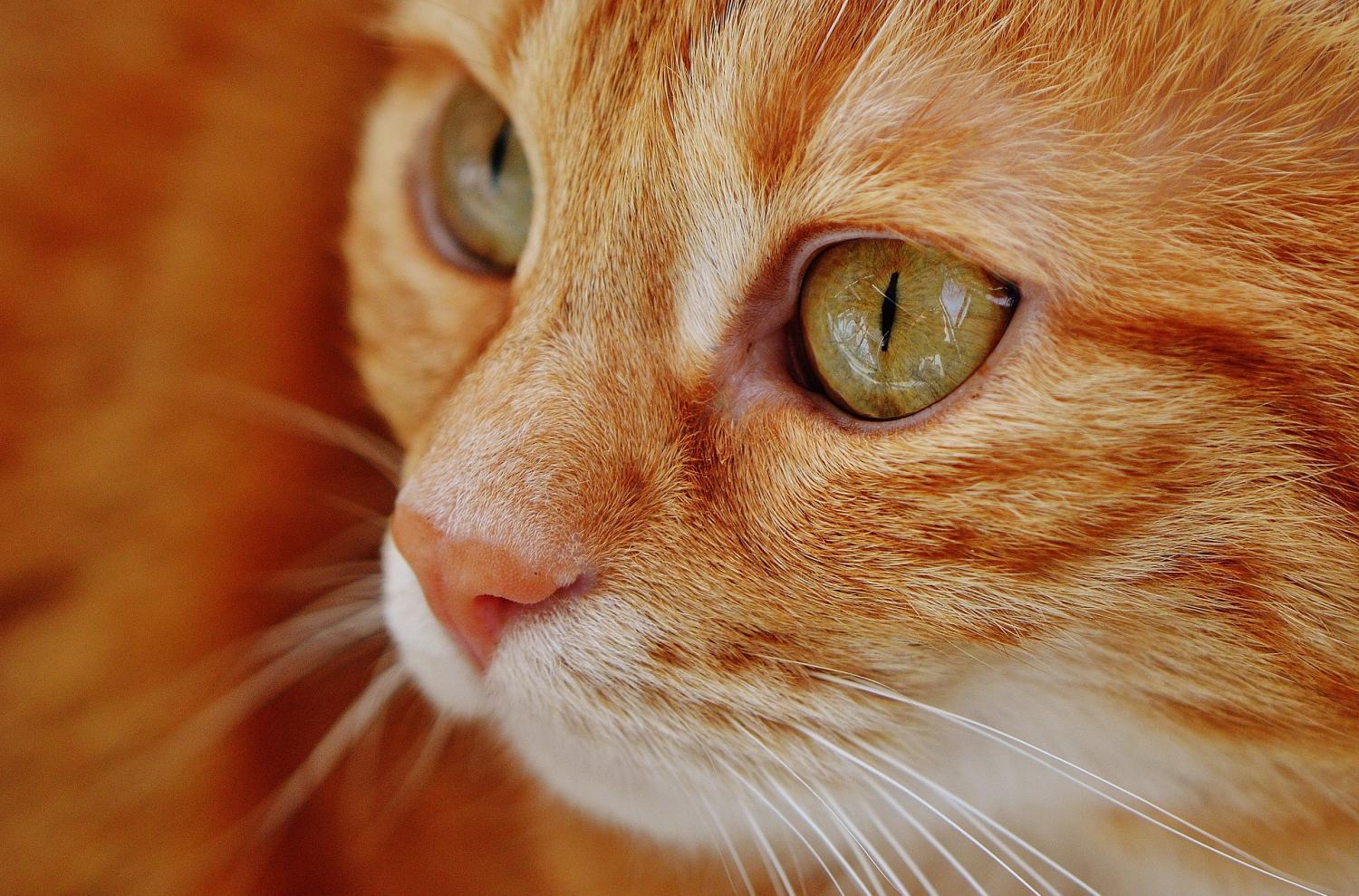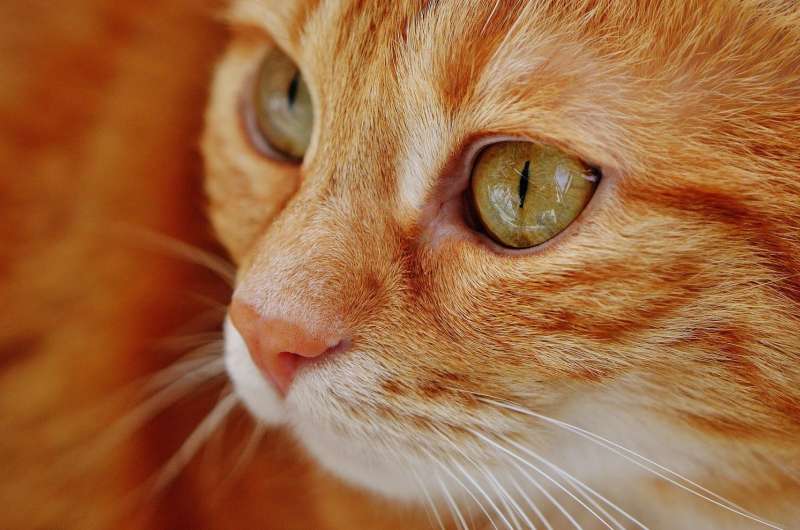

Cats are masters of mystery—especially when it comes to their health. Often, their discomfort goes unnoticed until a serious issue arises. One such condition that deserves attention is megacolon—a severe form of constipation that, if left untreated, can drastically affect your cat’s quality of life.
Dr. Sue Lim, an assistant professor at the Texas A&M College of Veterinary Medicine & Biomedical Sciences, explains the causes, symptoms, and treatment options for megacolon, helping cat owners better understand how to care for their feline companions.
What causes megacolon in cats?
Megacolon develops after prolonged, untreated constipation that causes the colon to become permanently enlarged and lose its ability to contract and move stool effectively.
While dogs can also develop constipation and megacolon, Lim notes that this condition is much more common in cats.
The causes of constipation in cats generally fall into two main categories—structural and functional issues. Structural problems arise when something physically blocks the cat’s ability to defecate, such as a pelvic injury or a tumor.
“Outdoor cats are more likely to experience pelvic injuries from road traffic accidents, which can lead to complications,” Lim said. “These injuries can cause the pelvis to heal improperly, thus narrowing the pelvic canal where the colon passes through. Although less common, tumors or masses growing within the pelvic canal or close to the colon can also narrow this space by external compression.”
Functional issues, on the other hand, relate to the colon not working properly, even when there’s no physical obstruction. This might stem from neurological problems, like those seen in cats suffering from tail-pull injuries or in Manx cats, which are prone to spinal cord deformities because of their unique genetic makeup.
Other causes include electrolyte imbalances (like low potassium), use of opioids as pain relievers, dehydration from illnesses like chronic kidney disease, or even stress-related constipation from hospitalization, as some cats are reluctant to defecate in a hospital setting.
“However, most cases of constipation in cats turn out to be idiopathic, meaning the cause remains unknown,” Lim said. “If untreated, these conditions can progress to megacolon, leading to permanent dysfunction of the colon.”
Recognizing the signs
Cats suffering from constipation or megacolon will often show specific symptoms that attentive pet owners can notice, such as straining to defecate (with repeated, unsuccessful attempts), frequent trips to the litter box, or vocalizing in discomfort during defecation. In some cases, an affected cat may pass only small amounts of liquid stool that leak around the hardened feces they can’t expel, leading some owners to mistakenly believe their cat has diarrhea. Others might think their cat is experiencing painful urination due to the similar signs of straining and discomfort during bathroom trips.
“Eventually, the cat may stop trying to defecate altogether,” Lim explains. “If this happens, you might notice your cat becoming sluggish, losing its appetite, and vomiting.”
Diagnosis and treatment
Diagnosing megacolon typically involves a thorough physical examination to assess neurological function and hydration levels. Additional tests, such as blood work and X-rays, help pinpoint underlying causes and assess the severity of the condition.
“Treatment depends on how advanced the megacolon is,” Lim said. “Options range from dietary changes and laxatives to more intensive care like IV fluids or surgery.”
For many patients, long-term medical management may be necessary.
Lim explained that this could include switching to a predominantly canned diet, which contains more than 70% water, or adding a water fountain or broth in the pet’s water to encourage drinking. Probiotics can help improve the gut microbiota, and medications that speed up intestinal movement may also be prescribed to manage the condition.
“We always aim for the least invasive approach first,” Lim said. “It’s easier to correct the condition when caught early, while the colon still has good function.”
For cats with advanced megacolon, surgery to remove the affected part of the colon may be necessary, though this is often a last resort. Lim cautions that even with surgical intervention that relieves the condition, some cats may experience persistent diarrhea afterwards.
While megacolon can be a challenging condition, early detection and treatment offer cats the best chance for a good outcome. With proper care and adjustments to their lifestyle, many cats can lead happy, comfortable lives, even with a megacolon diagnosis.
“Most cats can manage well with medical treatments if caught early,” Lim said. “They can still enjoy a good quality of life.”
By understanding the signs and acting quickly, cat owners can make a significant difference to their pet’s health and well-being. After all, keeping our furry companions comfortable and content is what matters most.
Provided by
Texas A&M University
Citation:
Helping your cat overcome ‘megacolon’ (2024, October 19)
retrieved 19 October 2024
from https://phys.org/news/2024-10-cat-megacolon.html
This document is subject to copyright. Apart from any fair dealing for the purpose of private study or research, no
part may be reproduced without the written permission. The content is provided for information purposes only.